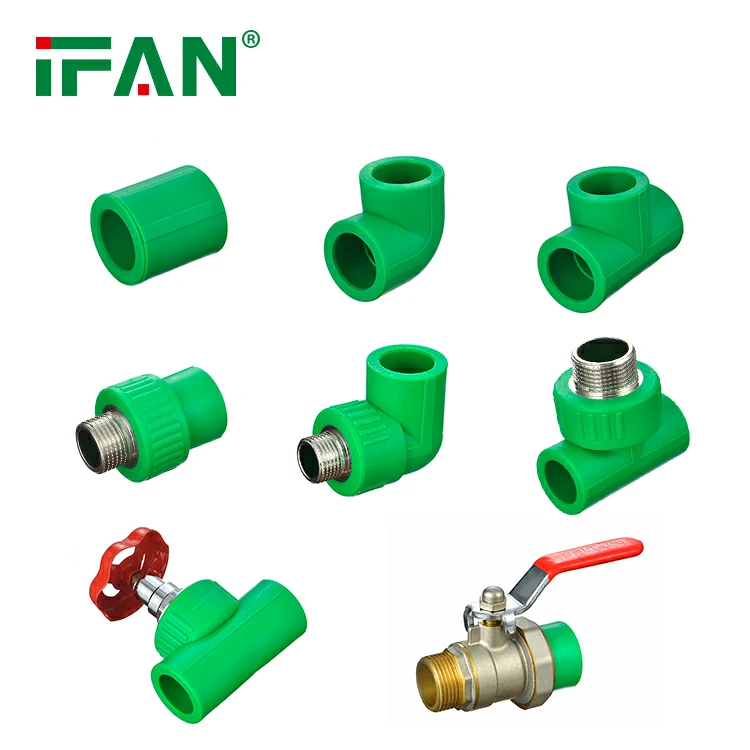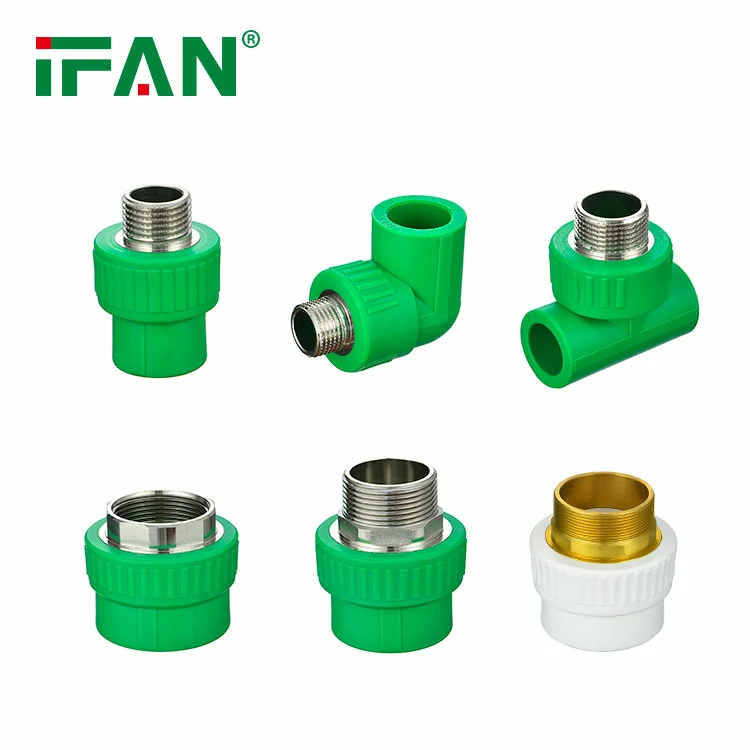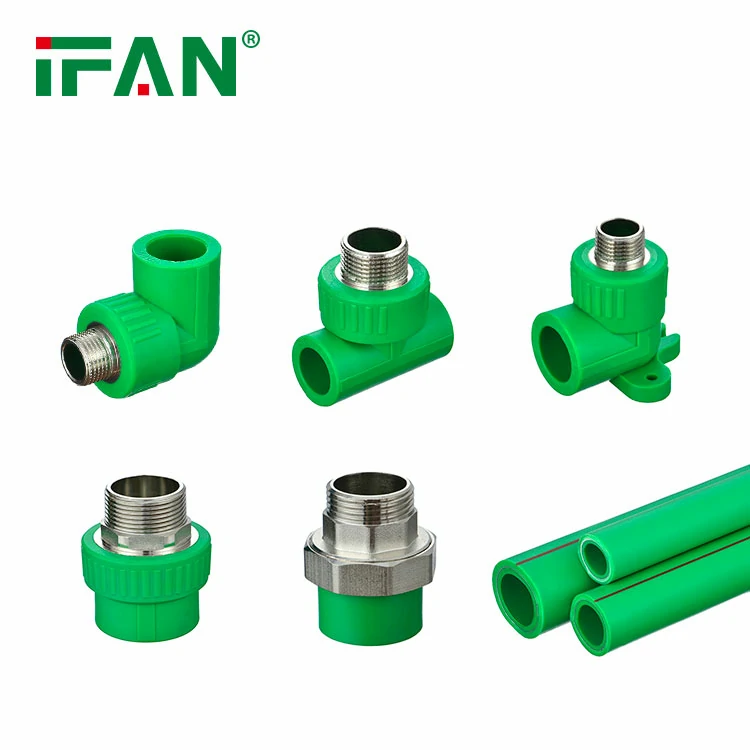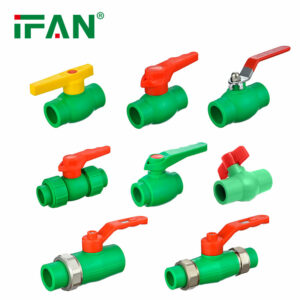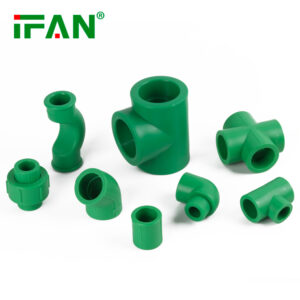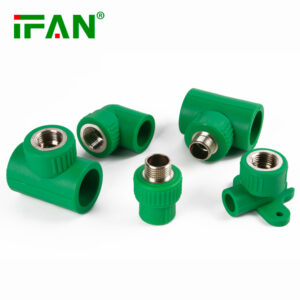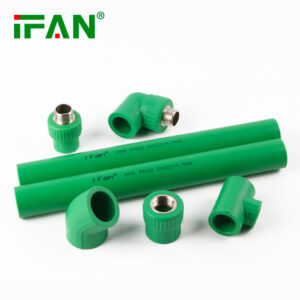Description
IFAN factory 30+ years manufacture experience support color /size customization support free sample.Welcome to consult for catalog and free samples.This is our Facebook Website:www.facebook.com,Click to watch IFAN’s product video.Compared with Tomex products, our IFAN products from quality to price are your best choice, welcome to buy!
When it comes to plumbing, one of the most critical choices you’ll make is selecting the right type of fittings. PPR (Polypropylene Random Copolymer) fittings are becoming increasingly popular for both residential and commercial plumbing due to their durability, cost-effectiveness, and resistance to corrosion. Choosing the right PPR fittings is essential to ensure your plumbing system runs smoothly and efficiently. In this article, we’ll explore how to choose the right PPR fittings for your plumbing system, taking into consideration key factors such as type, size, and compatibility.
What are PPR Fittings?
PPR fittings are plumbing components made from polypropylene random copolymer (PPR), a type of durable plastic known for its resistance to high temperatures, corrosion, and scaling. These fittings are commonly used in hot and cold water supply systems and are an excellent alternative to traditional metal fittings, offering a cost-effective and reliable solution for your plumbing needs.
Factors to Consider When Choosing PPR Fittings
1. System Requirements
The first step in choosing the right PPR fittings is to assess the specific requirements of your plumbing system. Determine whether your system is designed for hot or cold water, or both, as this will influence the type of PPR fittings you should use.
– Hot Water Systems: PPR fittings designed for hot water applications are built to withstand higher temperatures. Look for fittings labeled as “hot water grade” to ensure they meet the temperature tolerance for hot water systems.
– Cold Water Systems: For cold water applications, most standard PPR fittings will suffice. However, ensure they are made from high-quality polypropylene to prevent any issues like leakage or brittleness over time.
2. Size and Compatibility
Selecting the correct size of PPR fittings is crucial for the proper functioning of your plumbing system. PPR fittings come in various sizes to accommodate different pipe diameters. To determine the right size, measure the outer diameter of the pipes you plan to connect.
– Pipe Diameter: PPR fittings are typically available in sizes ranging from 20mm to 110mm in diameter. The fittings you choose should match the pipe diameter to ensure a secure and leak-proof connection.
– Pressure Ratings: It’s also essential to check the pressure ratings of the PPR fittings. Choose fittings that can handle the maximum pressure your plumbing system will experience. Higher-pressure systems require fittings with higher pressure ratings.
3. Fitting Types
PPR fittings come in a variety of shapes and designs to serve different purposes in your plumbing system. Understanding the different types of fittings and their applications is key to making the right choice.
– Elbow Fittings: Used to change the direction of water flow, elbow fittings are available in various angles (such as 45° and 90°). These fittings are ideal for systems where pipes need to bend around obstacles or corners.
– Tee Fittings: Tee fittings are used to connect three pipes together, forming a “T” shape. They are typically used for branching pipes off the main line in water distribution systems.
– Couplings: Couplings are used to join two pipes of the same diameter. They are useful when extending a pipeline or replacing a section of damaged pipe.
– Reducers: These fittings allow for the connection of pipes of different diameters. A reducer is ideal when transitioning between pipe sizes to maintain optimal water flow and reduce the risk of blockages.
– Union Fittings: Union fittings are used for connecting and disconnecting pipes without having to cut or replace them. They are ideal for maintenance or future upgrades.
4. Material Quality
Not all PPR fittings are created equal. The material quality plays a significant role in the durability and performance of the fittings. Look for high-quality PPR fittings from reputable manufacturers to ensure you’re getting fittings that will last.
– PP-RCT (Polypropylene Random Copolymer Thermal)** is a high-quality variant of PPR fittings that provides enhanced pressure resistance, better temperature tolerance, and longer service life. It’s ideal for both residential and commercial plumbing systems.
– Check for Certifications: To ensure the quality of your PPR fittings, look for products that are certified by international standards, such as ISO 9001 or NSF/ANSI 14. These certifications ensure the fittings meet quality and safety standards.
5. Ease of Installation
PPR fittings are popular due to their easy installation process. Most PPR fittings are joined using a heat fusion process, where the ends of the pipe and fitting are heated and fused together to create a seamless, leak-proof bond.
– Ease of Handling: Choose PPR fittings that are easy to handle and install. The best PPR fittings are lightweight and easy to cut and fit into place without the need for complex tools or additional labor.
– Welding or Fusion: If you’re new to PPR installation, consider purchasing fittings that come with clear instructions and easy-to-follow installation guides. Some PPR fittings even offer pre-welded options for quick setup.
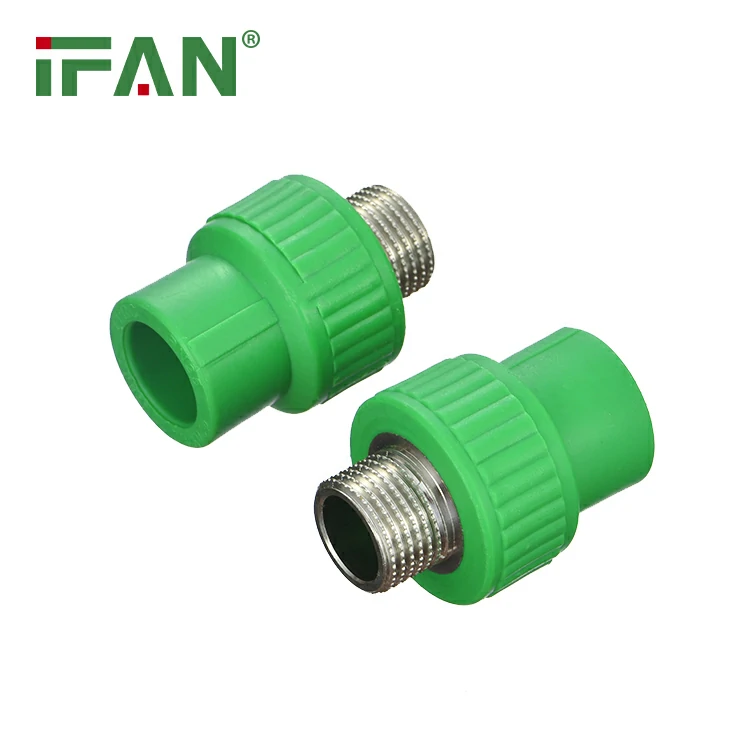
6. Budget Considerations
PPR fittings are known for being affordable, but prices can vary depending on the size, brand, and material quality. While it’s tempting to go for the cheapest option, remember that lower-cost fittings may not provide the same durability and longevity as higher-quality options.
– Cost vs. Durability: While you can find inexpensive PPR fittings, investing in higher-quality fittings will save you money in the long run by reducing the likelihood of leaks or replacements. Consider balancing cost with durability to get the best value for your investment.
Why Choose PPR Fittings?
PPR fittings offer a wide range of benefits that make them a great choice for plumbing systems. Here are some of the top reasons to choose PPR fittings:
– Corrosion Resistance: Unlike metal pipes, PPR fittings are resistant to rust and corrosion, making them ideal for use in humid or water-heavy environments.
– Leak-Proof Connections: The fusion-weld process used to connect PPR fittings ensures a tight, leak-proof seal that reduces the risk of water damage or system failure.
– Energy Efficiency: PPR fittings have a low thermal conductivity, meaning they retain heat better in hot water systems, leading to better energy efficiency.
– Longevity: High-quality PPR fittings are designed to last for decades without deteriorating, making them a long-term solution for your plumbing needs.
Conclusion
Choosing the right PPR fittings for your plumbing system is essential to ensure optimal performance and longevity. By considering factors such as system requirements, size, fitting types, material quality, and budget, you can make an informed decision that meets your needs. With proper selection, PPR fittings will provide reliable and efficient service for years to come.
Frequently Asked Questions (FAQs)
1. What is the difference between PPR and PVC fittings?
PPR fittings are made from polypropylene, while PVC fittings are made from polyvinyl chloride. PPR fittings are more durable and resistant to higher temperatures, making them suitable for both hot and cold water systems. PVC fittings are often used for cold water systems but are not as heat-resistant as PPR.
2. Can PPR fittings be used for gas pipelines?
No, PPR fittings are designed for water systems only. They are not suitable for use with gas pipelines. For gas applications, specialized fittings designed for gas pressure and compatibility should be used.
3. How long do PPR fittings last?
PPR fittings are designed to last between 50 and 100 years, depending on usage and maintenance. Their resistance to corrosion and wear makes them a long-lasting option for plumbing systems.
4. Are PPR fittings environmentally friendly?
Yes, PPR fittings are environmentally friendly because they are made from recyclable materials. Additionally, they are energy-efficient, particularly in hot water systems, due to their low thermal conductivity.
5. Can I install PPR fittings myself?
Yes, PPR fittings are relatively easy to install using the heat fusion method. However, if you are unfamiliar with the installation process, it may be helpful to consult a professional to ensure proper and secure connections.
Related products
-
PPR Fittings
Green PPR Plastic Fittings
-
PPR Fittings
IFAN PPR Fittings


